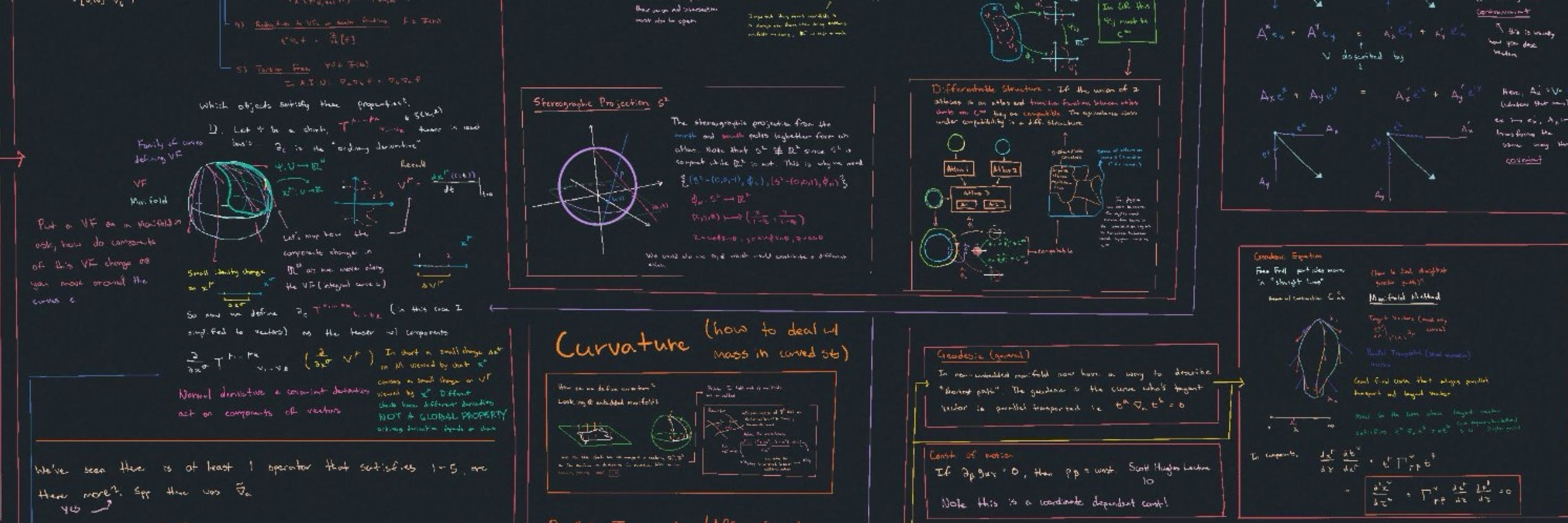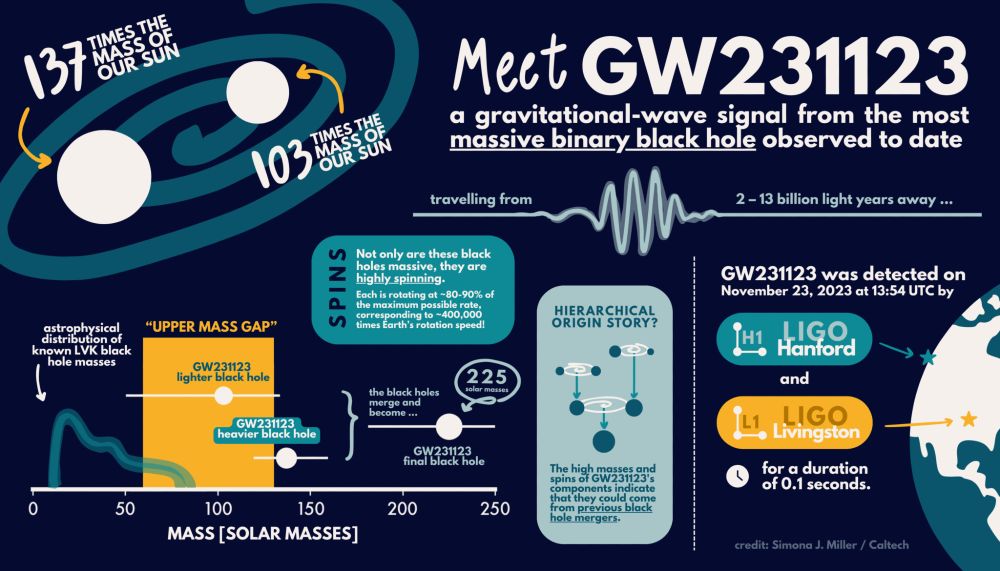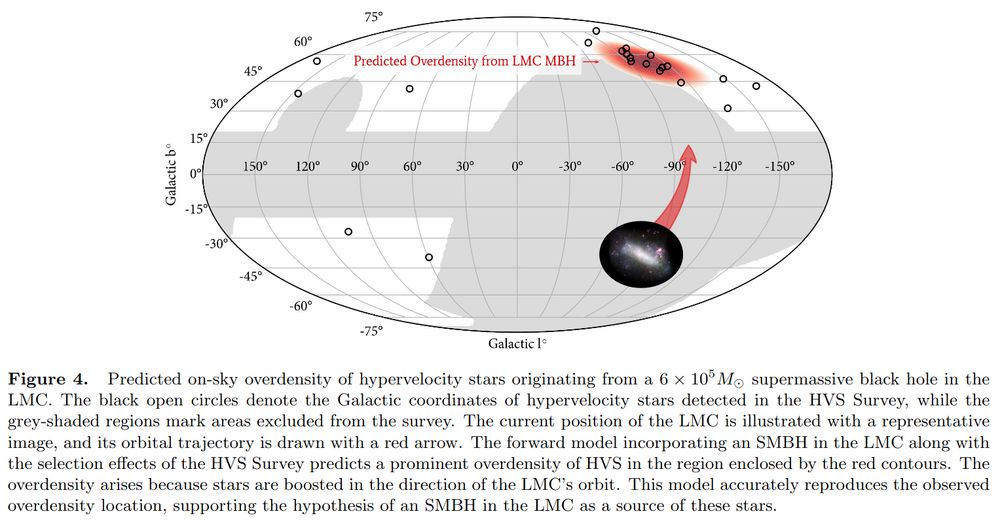Nihar Gupte
@nihar-gupte.bsky.social
220 followers
100 following
36 posts
PhD student at the Max Planck for Gravitational Physics in Potsdam and University of Maryland. Working on ML for Gravitational waves and astrophysical populations.
Trying to summarize that papers I read
Posts
Media
Videos
Starter Packs
Pinned
Reposted by Nihar Gupte
Reposted by Nihar Gupte
Reposted by Nihar Gupte
Reposted by Nihar Gupte
Reposted by Nihar Gupte
Nihar Gupte
@nihar-gupte.bsky.social
· Mar 22

Real-time inference for binary neutron star mergers using machine learning - Nature
Analysis of gravitational waves from merging binary neutron stars was accelerated using machine learning, enabling full low-latency parameter estimation and enhancing the potential for multi-messenger...
www.nature.com
Reposted by Nihar Gupte
Claire Lamman
@clairelamman.bsky.social
· Mar 20
Nihar Gupte
@nihar-gupte.bsky.social
· Feb 24
Reposted by Nihar Gupte
Nihar Gupte
@nihar-gupte.bsky.social
· Jan 8
Nihar Gupte
@nihar-gupte.bsky.social
· Jan 8
Nihar Gupte
@nihar-gupte.bsky.social
· Jan 8
Nihar Gupte
@nihar-gupte.bsky.social
· Jan 8
Nihar Gupte
@nihar-gupte.bsky.social
· Jan 8
Nihar Gupte
@nihar-gupte.bsky.social
· Jan 8















